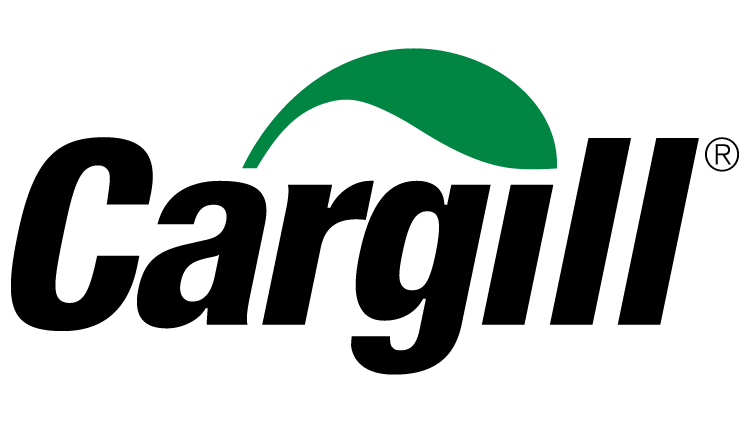Farmers and ranchers are businesspeople, and the questions that often present the most significant barrier to adoption of soil health management systems pertain to the business case. The Soil Health Institute interviewed 100 farmers in 9 states who have adopted soil health systems and used partial budget analysis to evaluate their economics and answer the following question:



